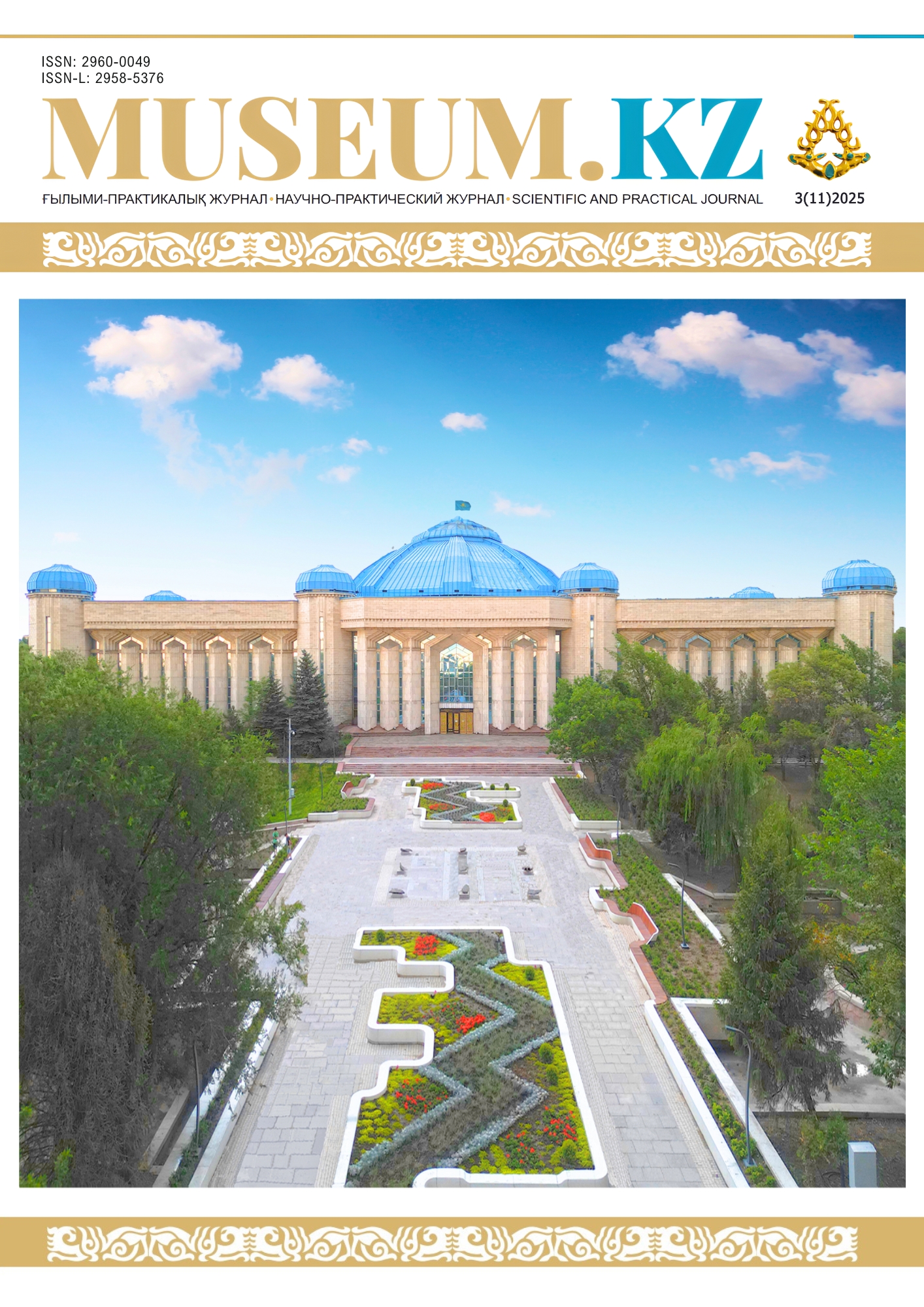ON THE HISTORY OF SETTLEMENT AND POPULATION SIZE OF ETHNIC BELARUSIANS IN THE TERRITORY OF KAZAKHSTAN IN THE 19th – EARLY 20th CENTURIES
DOI:
https://doi.org/10.59103/muzkz.2025.11.10Keywords:
ethnic вelarusians, еast slavs, kazakhs, resettlement, Kazakhstan, population census, population size, settlement patternsAbstract
Based on specialized literature and the multi-volume First General Population Census of the Russian Empire (1897), this article examines the population size and settlement patterns of ethnic Belarusians in the northern, eastern, southeastern, and southern regions of Kazakhstan. It is established that this process was predominantly forced in nature and unfolded in several stages. The first stage of resettlement was associated with the forced deportation of part of the Belarusian population following the suppression of national liberation uprisings in the mid-19th century. The second stage, which involved the majority of the landless peasantry, combined spontaneous migration with organized, planned resettlement carried out within the framework of the Stolypin agrarian reforms of the late 19th – early 20th centuries. The study shows that the formation of the Belarusian diaspora in Kazakhstan was closely interconnected with Cossack colonization processes, as well as with the migration of significant numbers of Russian, Ukrainian, and other European ethnic groups within the resettlement policy pursued by the Russian Empire in its national peripheries.
The chronological framework of the study covers the mid-19th – early 20th century, which corresponds to the period of the beginning of the spontaneous, and subsequently planned, resettlement of landless Belarusians, as well as Russians, Ukrainians and representatives of other ethnic groups from the European part of the Russian Empire who came into contact with them







